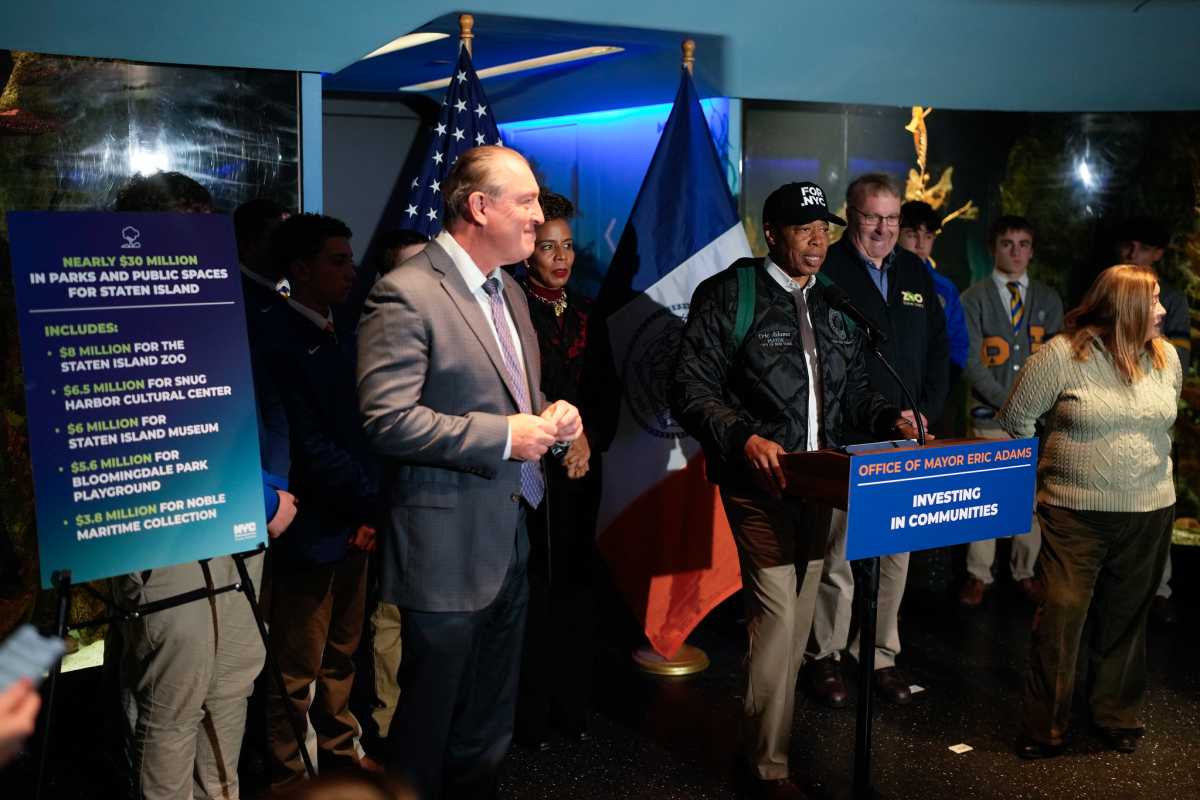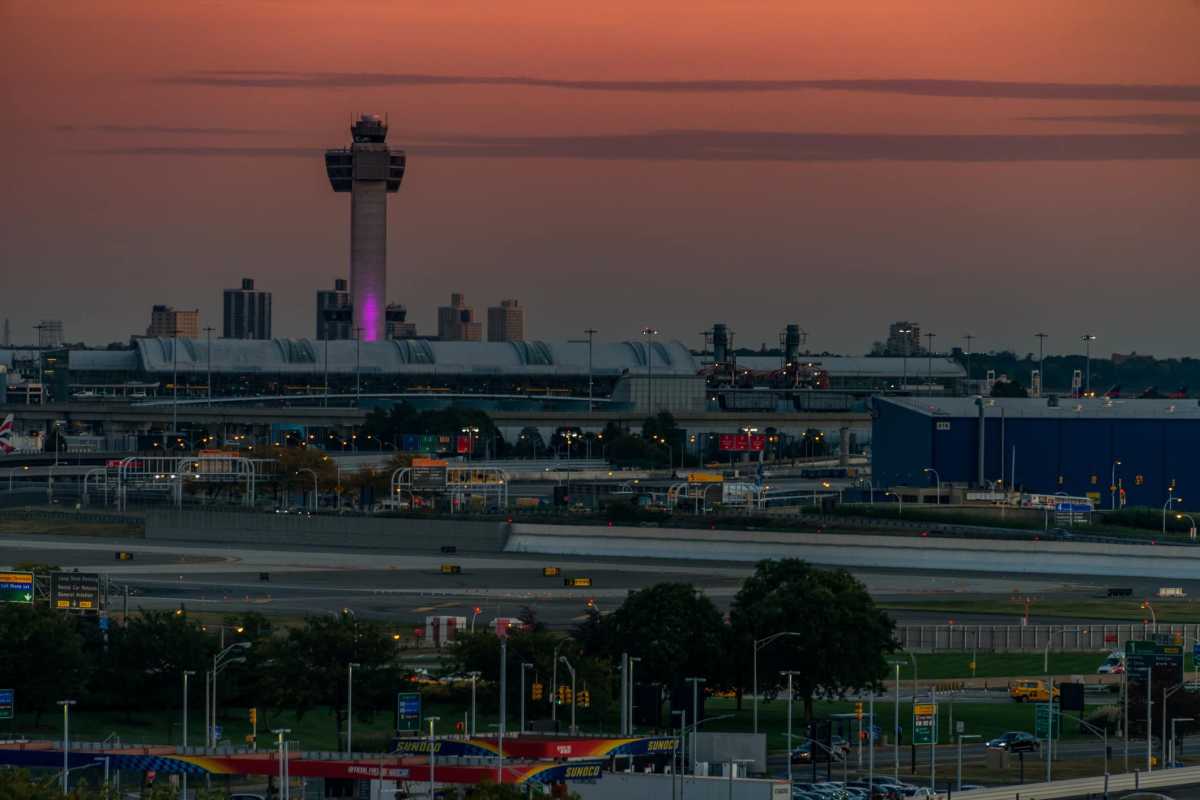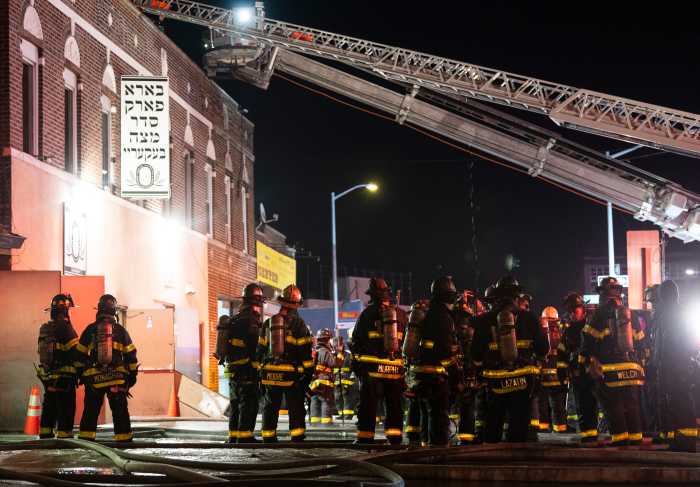The death of a young pregnant woman who was crushed by a giant oak that toppled onto the bench where she was sitting in Kissena Park Sunday might have been avoided. The city Parks Department has been under pressure from legislators in Queens in recent years to accelerate its inspection and maintenance of borough trees.
A month before the Flushing mother-to-be was struck by the tree, state Sen. Tony Avella introduced a bill in the state Legislature that would require Parks to inspect and diagnose city trees that injure or kill people and make the report public within 48 hours.
Avella, a frequent and vocal critic of Parks’ handling of city trees in Queens, has repeatedly cited poor maintenance and the department’s unwillingness to respond to requests for pruning from homeowners.
When Superstorm Sandy hit in late October, a 29-year-old man in Flushing was killed as a giant tree crashed into his bedroom. Neighbors said his family had asked the city several times to cut down the tree because it posed a threat.
Geoffrey Croft, president of NYC Park Advocates, said eight people have been injured by falling trees or limbs in just the last two months in the city, including the woman in Kissena Park.
Queens has had an uneasy relationship with Parks over city trees. Residents in northeast Queens, in particular, have been frustrated by city policy, which prohibits them from pruning public trees or removing them altogether — even if they present a clear and present danger.
After Sandy swept through the borough, the city Buildings Department issued violations to homeowners whose houses and buildings were damaged by falling public trees. The DOB backed off as outrage mounted among residents and elected officials and stuck homeowners with something more benign called notices of deficiency.
The superstorm felled more than 8,000 trees and more than half of those were in Queens.
With hurricane season revving up again and the lives of two young people in Queens cut unbearably short, it’s time the city allocate more resources to the Parks Department to inspect and maintain its trees. The city must also assume more responsibility for the trees that draw thousands or people to parks and line our neighborhood streets.



































